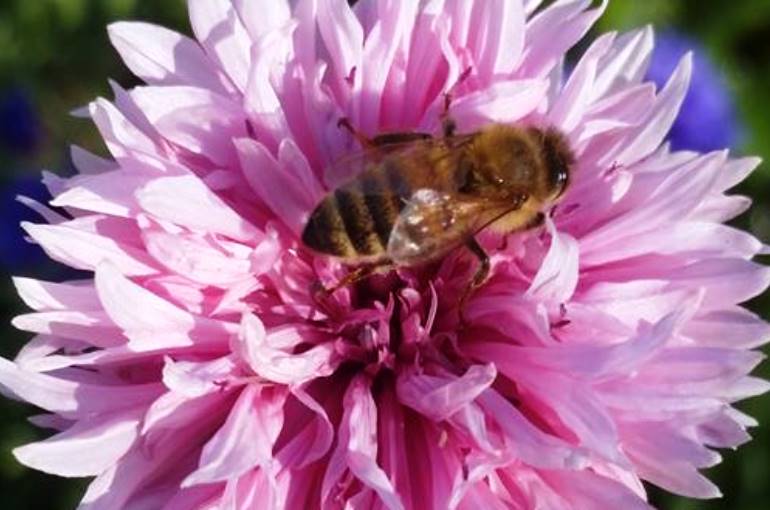How to feed Bees

This post is also available in:
This post is also available in:
![]() Español (Spanish)
Español (Spanish) ![]() Français (French)
Français (French) ![]() Deutsch (German)
Deutsch (German) ![]() Nederlands (Dutch)
Nederlands (Dutch) ![]() हिन्दी (Hindi)
हिन्दी (Hindi) ![]() العربية (Arabic)
العربية (Arabic) ![]() Türkçe (Turkish)
Türkçe (Turkish) ![]() 简体中文 (Chinese (Simplified))
简体中文 (Chinese (Simplified)) ![]() Русский (Russian)
Русский (Russian) ![]() Italiano (Italian)
Italiano (Italian) ![]() Ελληνικά (Greek)
Ελληνικά (Greek) ![]() Português (Portuguese (Brazil))
Português (Portuguese (Brazil)) ![]() Tiếng Việt (Vietnamese)
Tiếng Việt (Vietnamese) ![]() Indonesia (Indonesian)
Indonesia (Indonesian) ![]() 한국어 (Korean)
한국어 (Korean) ![]() polski (Polish)
polski (Polish)
Bee Feeding Recommendations – Introduction to Bee Feeding
Bees need certain nutrients for survival and development. They cover those needs from nectar and pollen of plants. But since in autumn and especially in winter bees cannot cover naturally those needs from plants, they have to adapt their life cycle: They grow in the spring (when there is long flowering), they collect pollen and nectar during the summer, they reduce their population in autumn and they overwinter with small populations and heavy winter supplies, ensuring their survival until next spring.
Bees produce and store their products (honey, wax, propolis, etc.) for their own use. They can survive eating honey during winter and other periods when pollen is not available. Beekeepers actually “steal” a portion of this emergency stock, when they harvest honey. But if harvesting is done rationally, bees will counter produce and deputize the honey quantity taken from humans, and they will continue their lifecycle without further problems. Under optimum conditions, the average healthy beehive collects about 160 pounds (73 kg) of honey in a year and can consume up to 130 pounds (59 kg). Thus, there is a surplus of 30 pounds (14 kg) or more, which may be collected by beekeepers.
Bee feeding is the intervention of the beekeeper in the nutritional function of colonies, either by providing natural products (honey) or processed (sugar). The intervention intends mainly to offset the supply of colonies (what we deduct) during the winter, and to stimulate brood rearing. We also add food when we introduce a new queen in the hive. Finally, we add food in months when we do not have enough flowering (such as early spring or late summer).
The most popular bee food is the sugar syrup. Beekeepers never use brown sugar or sugar with additives, as they may cause dysentery. The thin sugar syrup in the ratio of 1/1 (1 part granulated sugar and 1 part water) is the best for stimulating brood rearing. Many beekeepers start feeding with thin sugar syrup for 10 days, with daily doses of 7-9 oz. (200-250g). This dosage scheme is initial and the apiarist shall closely monitor and make constant refinements. There is no need to boil the water when preparing the syrup, you can heat it at a temperature of 120-140oF (50-60oC). The thick sugar syrup contains 2 parts sugar and 1 part water. There should be no feeding of colonies with thick syrups during collection and honey savings. Generally, thin sugar syrups are used during spring and summer, while thick summer sugar is used during late fall, as a winter beehive preparation measure. Many beekeepers also use mixes of 2 parts sugar and 1 part water, in which thyme essential oils are also added (ask local experts). Sugar syrups are often put in shallow plates, where various small pieces of wood have been added. We do so in order to help bees stand in the floating pieces of wood and drink the syrup without drowning.
Other apiarists use special fondants and sugar pies. Keep in mind that all these syrups and fondants are carefully put inside the hives, because otherwise they will attract other insects and predators. Some beekeepers report that in rare cases they add 5 pounds (2,2 kg) of dry granulated sugar inside the hive, as the last line of defense against bee starvation and death during winter. In Canada, where the temperature often drops below -22°F (-30°C), some beekeepers put a 50 pounds (22 kg) sugar quantity inside the hive as a routine. Keep in mind that sugar with additives can create dysentery. It is estimated that for a weak beehive of 5 frames, 3 pounds (1,3 kg) of food is enough for 2 weeks during the winter. Pollen is also necessary, so many beekeepers use candy mix with pollen powder, if there isn’t sufficient stock in the hive. Although natural pollen is the best, you can find pollen substitutes at a good price in specialized shops. They are often made of soy flour, brewer’s yeast, dry milk and vitamin C.
Keep also in mind that honeybees need to have constant access to fresh and clean water in order to survive and thrive. Thus, the place you will choose must have a natural or artificial water source at a close distance. Most beekeepers put small pieces of wood or other material inside water buckets, so as to help honeybees stand on those floating pieces and drink water without drowning.
You can enrich this article by leaving a comment or photo of your beehive feeding methods.
2.) Honey Bee Society Structure and Organization
4.) Beehive and Equipment Supply
5.) Beehive Location and Placement
6.) How to feed Bees
8.) Preparing Beehives for winter
10.) Common Bee Diseases & Pests
13.) Bee Poisoining from Pesticides
Do you have experience in Beekeeping? Please share your experience, methods and practices in the comments below.
All the content you add will be soon reviewed by our agronomists. Once approved, it will be added to Wikifarmer.com and it will influence positively thousands of new and experienced farmers across the world.








































































